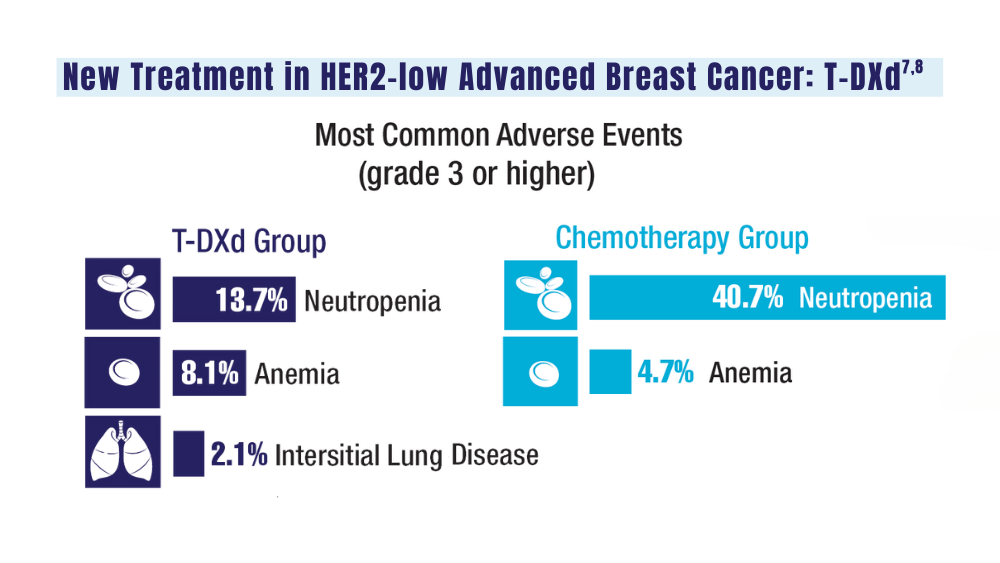Cancer Data Trends 2024: Breast Cancer
Reviewed by Sarah V. Colonna, MD, MSCI
Medical Oncologist
George E. Wahlen VA Medical Center
Salt Lake City, UT
Dr. Colonna has no relevant financial relationships to disclose.
1
-

The VA started a personalized breast cancer risk assessment pipeline, to fulfill the VA MAMMO Act in 2022, which uses primary care physicians who conduct risk assessment and refer patients to high risk breast oncologists at the National TeleOncology’s High Risk Breast Clinic to help with further screening and risk reduction if necessary.
-
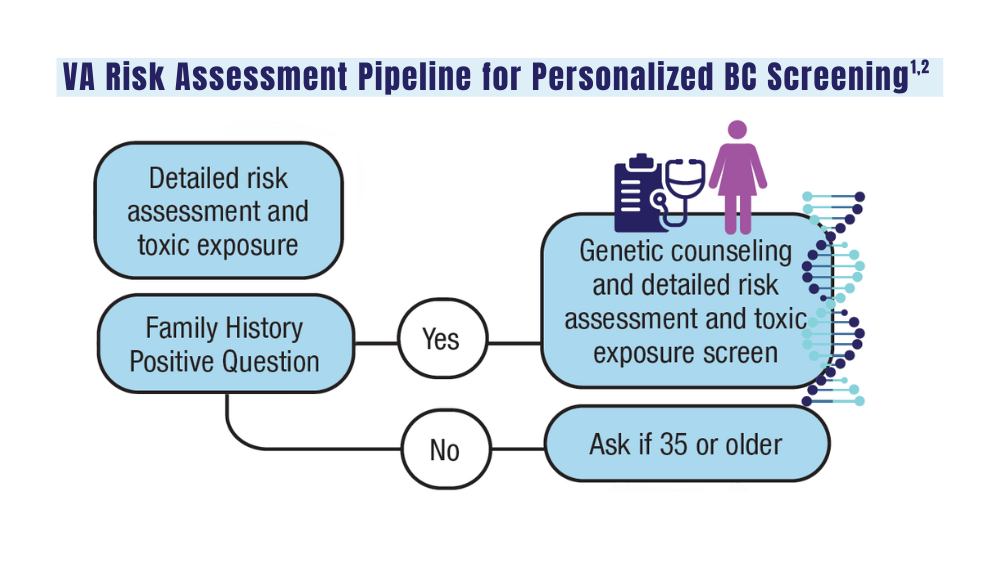
-
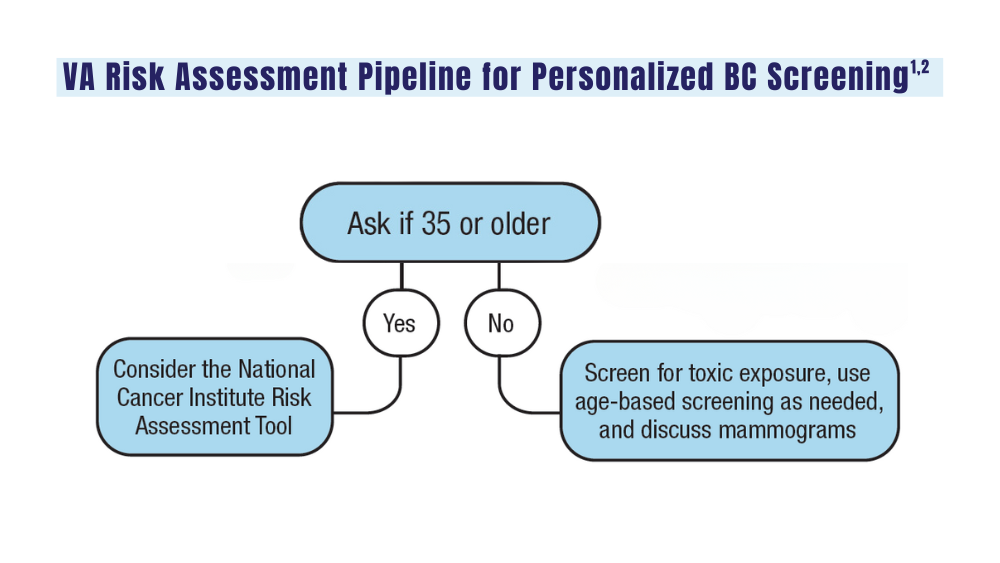
-
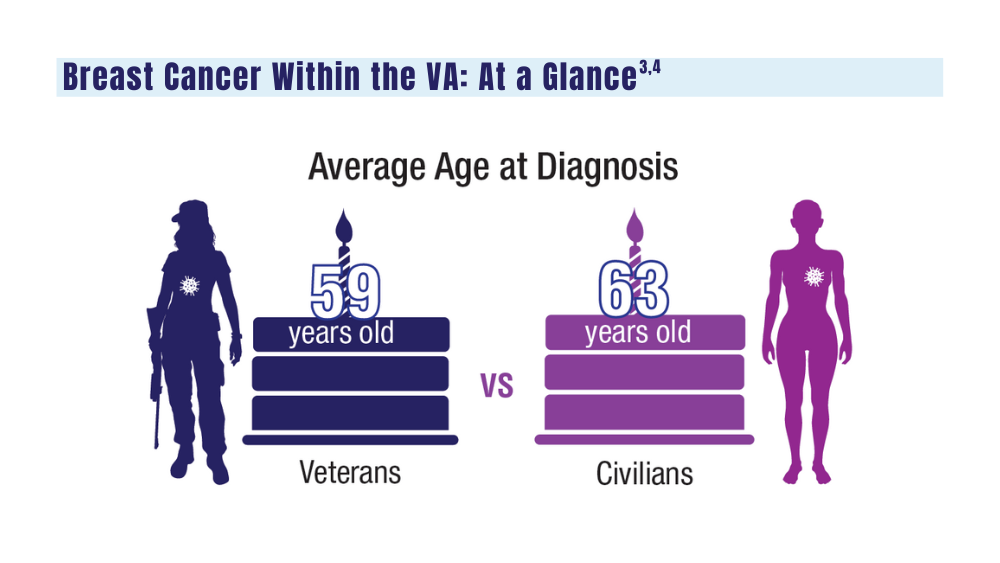
While breast cancer rates appear to be higher in Black female, younger, and male veterans compared to civilians, these statistics are descriptive and do not claim to explain any causal relationship between veteran demographics and a cancer diagnosis.
-

-
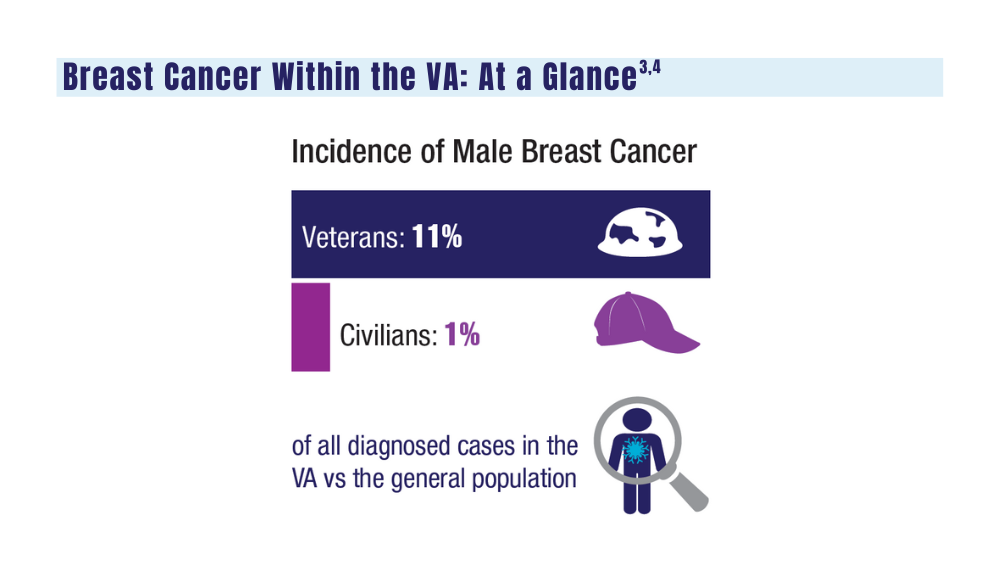
-

-

There is a higher proportion of Black female patients with breast cancer in the VA compared with civilians, and there is a higher incidence of triple-negatve breast cancer (TNBC) among this demographic. TNBC is an aggressive subtype of breast cancer that often strikes women at a younger age, and it requires more aggressive and toxic treatments. More research is needed to improve survival and quality of life for women with TNBC.
-

Treatment with T-DXd led to better PFS and OS than chemotherapy in patients with HR-positive and HR-negative HER2-low breast cancer, making T-DXd the standard of care in advanced HER2-low breast cancer after first-line chemotherapy.
HER2, human epidermal growth factor receptor 2; HR, hormone receptor; OS, overall survival; PFS, progression-free survival; T-DXd, trastuzumab deruxtecan
-
